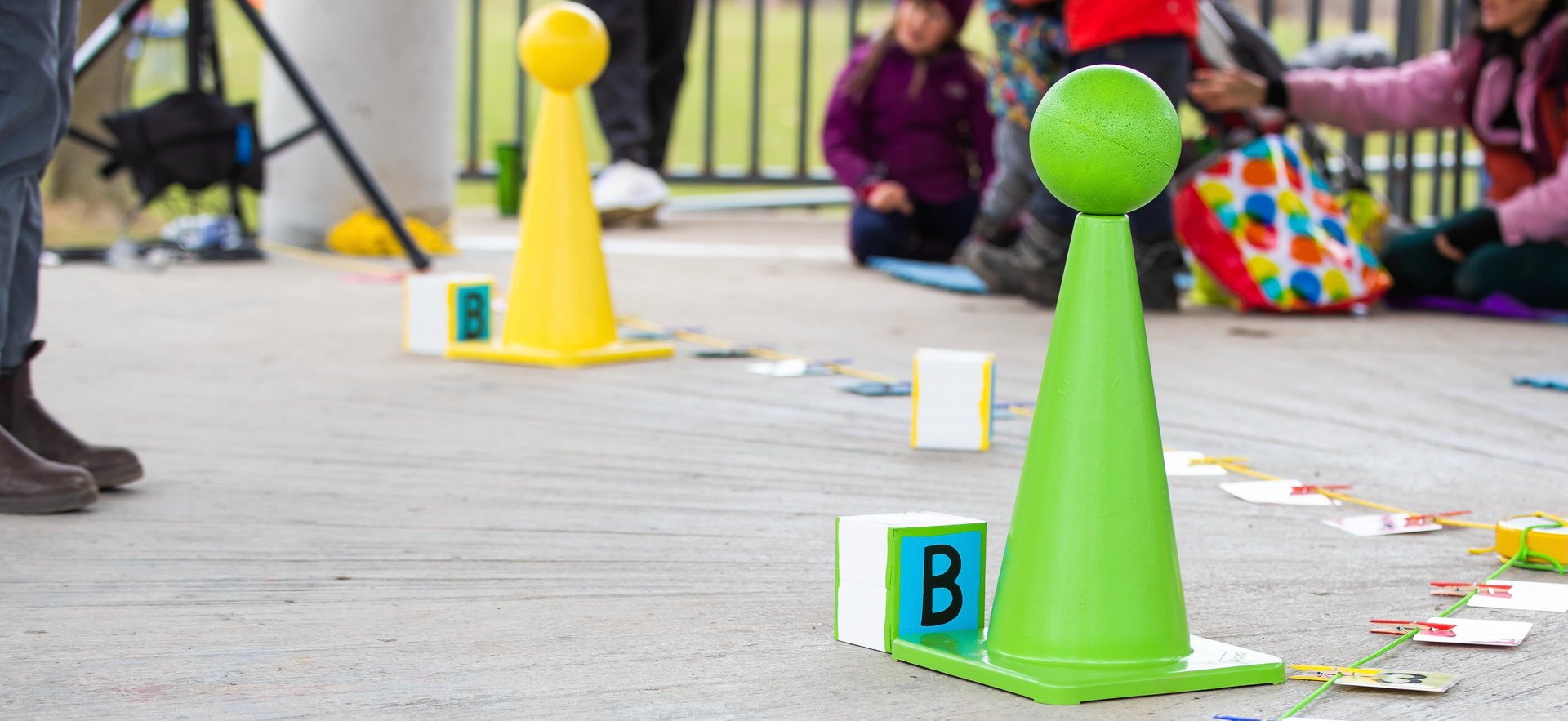
"We are both serpents and doves."
-David Hume
Humans are capable of incredible long-term planning (using our ‘acorn brain’), but we also have urges to meet our present needs to the detriment of the future (using our ‘marshmallow brain’).
Individuals aren’t often capable of making a lasting impact on future generations through their daily actions. In order to ensure the long-term prosperity of generations unborn, we have to design social systems that awaken futurability, or one’s happiness at sacrificing present rewards in favour of future peoples’ needs. The creation of social systems to build futurability in us is called Future Design.
Imagine our world’s history is the length from your nose
to the tip of your outreached arm.
The stroke of a nail file erases all of human history.
The Assembly uses structures from collaborative games combined with a citizens’ assembly, a group of randomly selected people mandated to deliberate on sociopolitical issues.
Citizens' assemblies like these have been conducted on many topics all over the world, but in Yahaba, Japan, they were combined with Future Design. While half the citizens carried out the assembly as usual, the other half of citizens were given ceremonial robes and asked to imagine that they were citizens of the future. Due to their new ‘roles’, this second group proposed more futurable policies concerning environmental stewardship and healthcare, and it’s that imaginative leap that led us to imagine a citizens’ assembly in a theatrical context.
We are indebted to economist Kate Raworth (Doughnut Economics) and philosopher Roman Krznaric (The Good Ancestor) who have been instrumental in building our understanding of long-term thinking. The Assembly is not only based on a citizens’ assembly, but also principles of doughnut economics and building deep-time humility, a legacy mindset, and cathedral thinking. Below are some of the illustrations that help us visualise long-term thinking.












